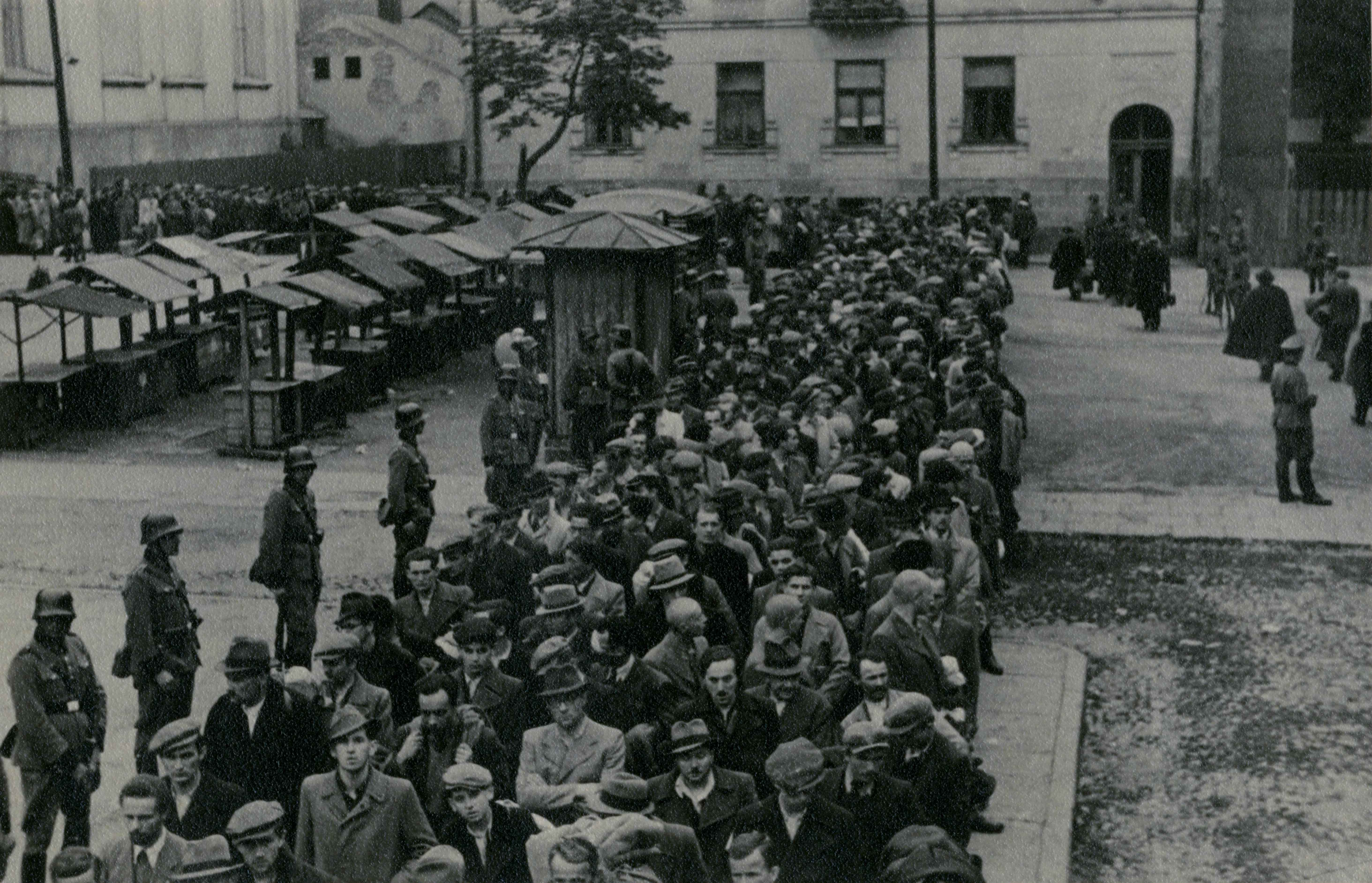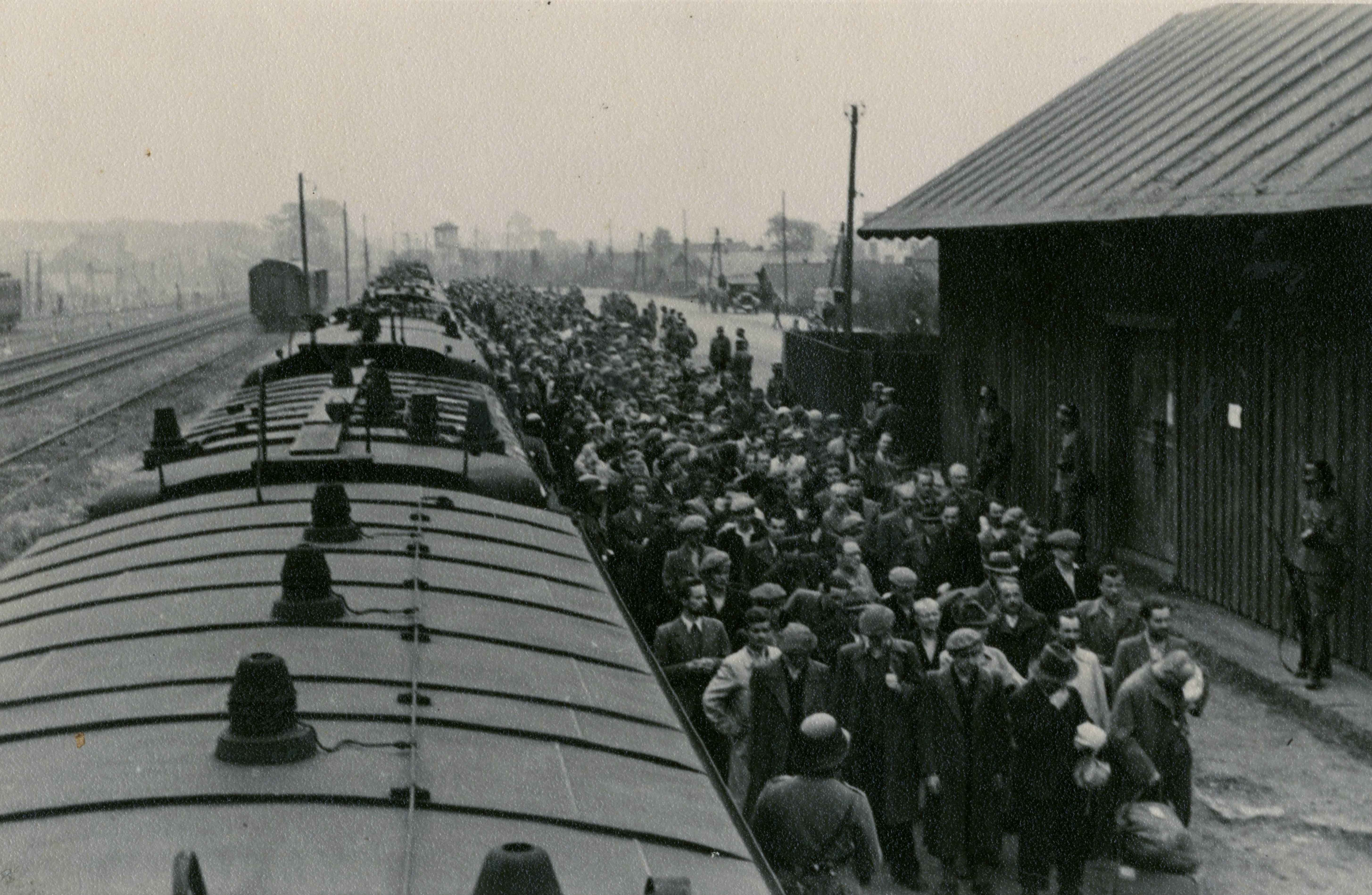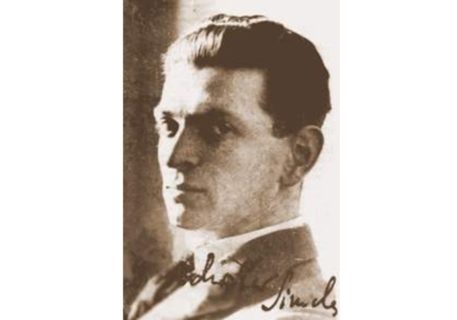The Jews brought to Auschwitz in these transports very soon began to fall victim to the inhuman conditions that the SS supervisors arranged for the inmates. Already from the “welcome speech” delivered to the new arrivals by Lagerführer Karl Fritzsch, they learned that “if there are Jews in the transport, they have the right to live not longer than a fortnight”.
The words were not an empty threat. Although the inmates were forced to nonsensical and exhausting physical exercises, so-called sports, at that time, the attention and fury of the SS staff was mostly focused on Jews (and Catholic priests). They were frequently subjected to an array of chicanes, and became the object of ridicule due to their dress (immediately after arrival in the camp, before being issued with striped uniforms) and words and gestures referring to God. At that time, the SS separated them from the other inmates, and ordered them to perform especially humiliating actions. Wiesław Kielar witnessed SS-Oberscharführer Plagge forcing a Jew to climb a barrel and pray, which “caused an uncanny joy among the SS officers and Kapos. They were literally roaring with laughter.” Then Lagerführer Mayer made that Jew and a Catholic priest climb a tree to pray loudly there. Because they couldn’t climb it, Plagge set a dog at them. Jews were usually forced to perform the most demeaning works, and they were not spared beating, especially the ones who were incapable of performing the exercises due to advanced age or health conditions.
As a result of such brutal treatment, Jews were the first inmates of Auschwitz to be killed. Accounts of the witnesses as to which of them was murdered first are not consistent. Wiesław Kielar, mentioned above, maintained that Kapos had already killed the first Jewish inmate on the third day in the camp, that is, on 17 June 1940.



